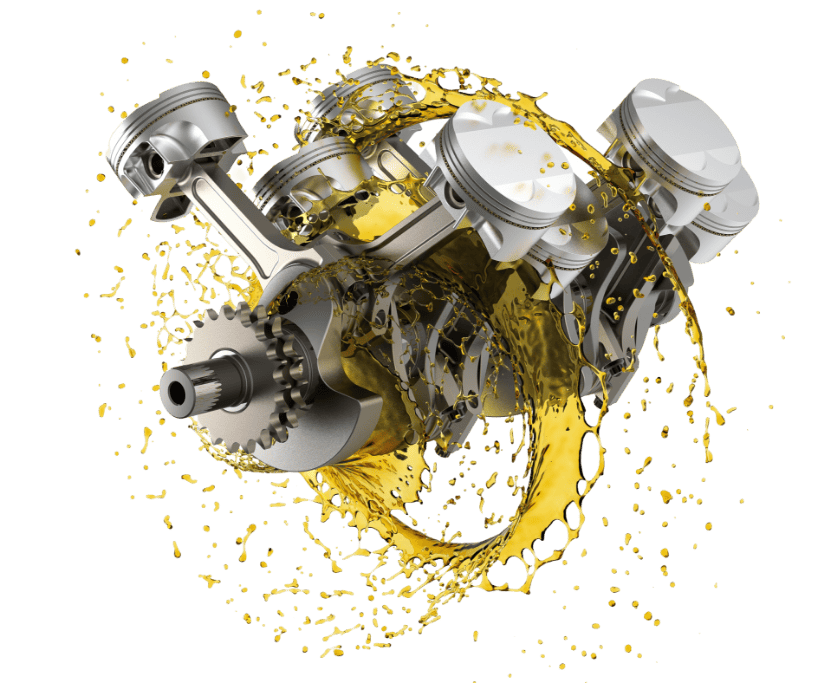- The process of rusting iron on metal.
Corrosion of metal or what we commonly call rust (Rusting). Rust is the part of metal that has changed from its original state. It is a slow reaction. Because it is a chemical reaction with air, water, or heat as important factors, causing metals to have different properties than before. The metal will gradually erode and become iron oxide. Its chemical name is Hydrated Ferric Oxide: Fe2O3∙xH2O, or what we know as iron rust, looks like a red stain. which cannot adhere firmly to the surface of the steel Can fall off easily This causes the steel in the inner layer to rust continuously until the entire piece is gone.

Illustration 1. Various types of rust formation
rusting of iron Shown as a chemical reaction is as follows:
1. 2Fe (s) + O2 (g) + 2H2O (l) 2Fe2+ (aq) + 4OH– (aq)
2. Fe2+ (aq) + 2OH– (aq) Fe(OH)2 (s)
3. 4Fe(OH)2 (s) + O2 (g) + 2H2O (l) 4Fe(OH)3 (s)
4. Fe(OH)3 (s) Fe2O3∙xH2O (s)
Hydrated Ferric Oxide (Hydrated Ferric Oxide); Iron rust (reddish brown)
Whenever a metal workpiece is exposed to moisture and air for an extended period of time during storage or transportation. Metal items are prone to rust. The weathering condition is not according to the standards set. It also includes various parts. of metal machinery It’s a big problem that must be prevented. In order for machines to work efficiently throughout the service life which is linked to production that meets the target Therefore, it is necessary to have a correct and appropriate method of rust prevention.
There are many ways to prevent rust. The method that is widely used is steel coating. To prevent the steel from direct contact with water and air, such as choosing an effective rust prevention product for the desired protection period, etc.
2. Rust Preventives
Rust Preventives products can be classified according to the raw materials used into 3 types as follows:
2.1 Oil-Based Type: Produced mainly from base oil and mixed with additives to prevent rust. It has a medium viscosity and a high flash point of approximately 200oC. It can coat the surface of workpieces well as a thick oil film. Excellent protection against rust for a long time. (The workpiece may become sticky due to the appearance of a thick oil film.) 2.2 Type of solvent (Solvent-Based Type): Produced from solvents and mixed with additives to prevent rust. It has a low viscosity and flash point of approximately 40-60oC. It can
effectively penetrate into small parts of the workpiece. Has excellent properties in repelling water. Provides a thin film coating or no oil film remaining. dry quickly Easy to clean Helps prevent rust well for a medium period of time.
2.3 Water-Based Type: Made from synthetic substances mixed with water, non-flammable, able to prevent rust and has good cooling properties. Helps in cleaning the workpiece easily. Provides a short to medium period of rust protection.
Illustration 2. Rust Preventives

Choosing rust prevention products There are criteria that should be considered as follows.
- Time required to prevent rust.
- Type of workpiece, size
- Method of use: submerge, use a brush, or spray as mist.
- Is it necessary to wash off rust prevention products from workpieces before use?
- Preservation of workpieces after plating to prevent rust.




